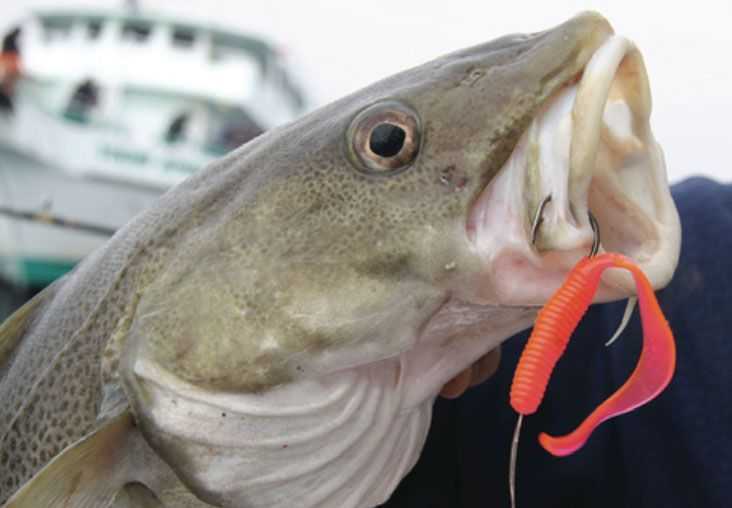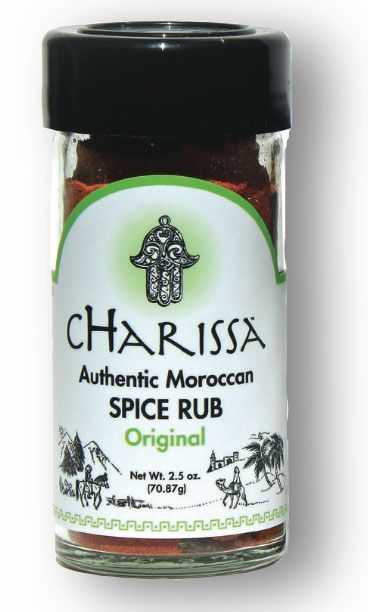Behold the cod. Known by a variety of monikers including “baccala,” “Mr. Whiskers,” and the “Winter King,” this species is pretty much the main target of local offshore anglers during the late winter and when the bite is on, you’d be amazed at just how loyal a following they can draw. While “picky” action through February still sees a steady crew heading out on open boats from the South Shore of Long Island up through Rhode Island and Massachusetts, all it takes is a slight up-tick in the catches to bring out the faithful en masse.
Codfishing has been refreshingly productive so far this year – when the weather has allowed the fleet to break free of the bays and head offshore – but as we slip into March, I’m reminded of the scene a few years back when a heavy influx of herring in the waters around Block Island worked up a tremendous bite. For over a month, the action was non- stop and anglers went home with limit catches on a regular basis. Once word got out, anglers had to arrive two or three hours before sailing time just to get a parking space – and a few without reservations actually ended up having to reschedule vacation and sick days.
Then again, we are talking about fish that have had the power to draw skippers across the ocean to our shores, served as the backbone of a fledgling Northeast colonial economy and, to this very day, are recognized as one of the most delicious treats from the cold waters of the Atlantic Ocean. With roots that run deep into our past, “soakers” that can top 40 or 50 pounds in weight, and a prime season when local fishing choices are few and far between, there’s little argument that the mighty cod wears it crown proudly.
Most every fish eater has sampled cod in the traditional ways. Fish and chips are a general favorite. Cod are also broiled, baked, steaked, grilled, added to chowders and made into fish cakes or even seafood parmigiana. All of these are great ways to sample these delicious, white- fleshed battlers. If you are looking for a little something different, however, I suggest the following version of cHarissaTM-spiced Codfish Wrapped in Deli Ham. cHarissaTM is an interesting Moroccan-based spice made on the East End of Long Island. It comes in mild (Original) and spicy (With a Kick!) variations. An especially great match for fish and game, it’s made from all natural ingredients and is free of sugar, MSG and gluten. You can find it in some local specialty shops, or purchase it under the Outdoor Tom Store tab at www.outdoortom.com.
Some might argue pancetta as a better choice for the wrap in this recipe. For smaller fish I would agree, but the thicker ham costs less, holds well and tolerates the finishing heat better in this instance. Either way, a nice fillet of cod warms the soul on a cold March day while the wrap brings a sweetness that lingers long after each bite. Enjoy!
cHARISSATM-BAKED COD WRAPPED IN HAM
Ingredients
- 3 tablespoons extra virgin olive oil 6 large pats of butter
- cHarissaTM (original or With A Kick! dry rub style spice)
- 1 tablespoon chopped parsley
- 2 teaspoons chopped Rosemary 1/2-lb. deli ham, thinly sliced
- 2 pounds of cod fillets
- 2 tablespoons capers, optional 1 lime
- Toothpicks
Cooking Instructions
1. Rinse and pat dry each cod fillet, then drizzle with olive oil until lightly coated.
2. On a large plate or cutting board, completely coat each fillet with a healthy dose of cHarissaTM dry rub seasoning. Be sure to work it into all the nooks and crannies of each fillet so that it melds with the olive to make a light paste.
3. Wrap each fillet with two or three slices of deli ham, fastening the ham in place with a toothpick or two in each fillet.
4. Warm a suitable-sized baking pan in the oven, then rub three pats of butter across the pan to add flavor and keep fillets from sticking to the surface.
5. Set oven to 350 degrees and bake ham-wrapped fillets for 15 minutes.
6. Remove pan from oven, add remaining butter and flip fillets. Sprinkle cHarissaTM and Rosemary lightly on top of each fillet after flipping.
7. Return pan to oven and continue cooking for 10 to 15 minutes until
fillets are nearly done (white or opaque.) Note that cooking time can vary considerably based on fillet thickness and individual ovens. Watch carefully so you don’t over-cook.
8. Just before removing fillets, turn oven to broil for 30 seconds. Remove before ham begins to crisp.
9. Allow fish to cool slightly, then drizzle with lime and sprinkle with parsley. Add the capers if you are so inclined.
10. Serve with string beans, crusty French bread and a nice Chardonnay.











